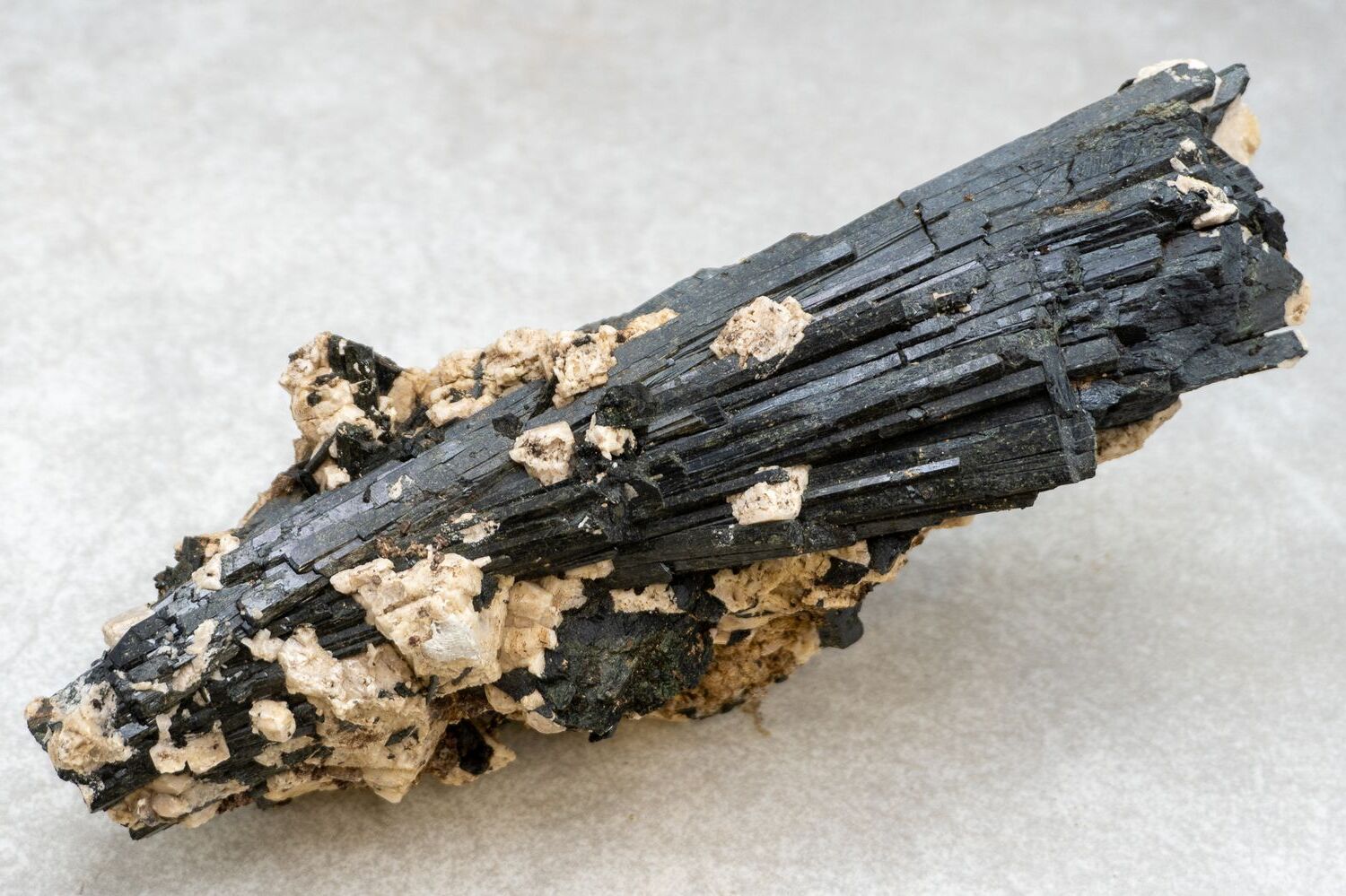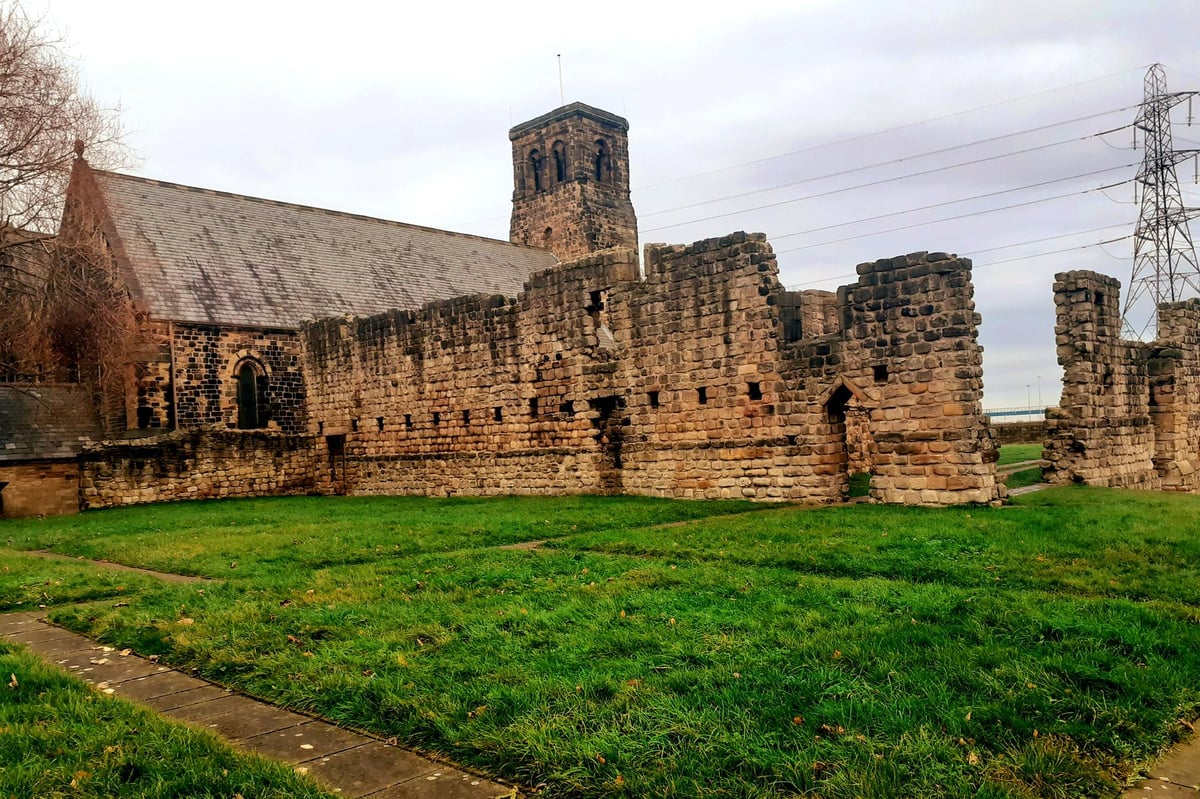
Aegirine is a striking mineral that often catches the eye with its dark, glossy crystals. But what makes this mineral so special? Aegirine is a sodium iron silicate, typically found in igneous rocks like syenites and phonolites. Its unique, elongated crystals can range from deep green to black, making it a favorite among collectors. Beyond its beauty, aegirine has fascinating properties and uses. It's known for its high resistance to weathering and chemical reactions, making it valuable in geological studies. Additionally, some believe aegirine has metaphysical properties, promoting self-acceptance and protection. Ready to learn more? Let's dive into 25 intriguing facts about this captivating mineral!
What is Aegirine?
Aegirine is a fascinating mineral known for its striking appearance and unique properties. Found in various parts of the world, this mineral is often sought after by collectors and geologists alike. Let's dive into some intriguing facts about Aegirine.
-
Aegirine is a member of the pyroxene group of minerals. This group is known for its complex crystal structures and diverse chemical compositions.
-
It was first discovered in Norway. Specifically, it was found in the Rundemyr area near the town of Kragerø.
-
Named after a Norse god. The mineral was named after Ægir, the Norse god of the sea, reflecting its deep green to black color.
-
Aegirine crystals are typically elongated and prismatic. These crystals can grow up to several centimeters in length, making them quite impressive.
-
It has a Mohs hardness of 6. This makes Aegirine relatively hard, similar to feldspar and orthoclase.
Where Can You Find Aegirine?
Aegirine is not just limited to Norway; it can be found in various locations around the globe. Here are some notable places where Aegirine has been discovered.
-
Found in alkaline igneous rocks. These rocks are rich in sodium and potassium, providing the perfect environment for Aegirine to form.
-
Commonly found in Canada. Specifically, in the Mont Saint-Hilaire region of Quebec, which is known for its diverse mineral deposits.
-
Also found in the United States. Notably, in the Magnet Cove area of Arkansas, which is famous for its unique geological formations.
-
Discovered in Russia. The Kola Peninsula is another hotspot for Aegirine, where it is often found in association with other rare minerals.
-
Present in Malawi. The Zomba-Malosa area is known for its rich deposits of Aegirine and other pyroxene minerals.
Unique Properties of Aegirine
Aegirine is not just another pretty mineral; it has some unique properties that make it stand out. Let's explore these fascinating characteristics.
-
Aegirine is often associated with other minerals. It commonly occurs alongside minerals like nepheline, feldspar, and sodalite.
-
It exhibits pleochroism. This means that Aegirine can show different colors when viewed from different angles, typically green, brown, or black.
-
Aegirine has a high specific gravity. This makes it denser than many other minerals, which can be felt when holding a sample.
-
It is often used in geological studies. Due to its unique properties, Aegirine can provide valuable information about the geological history of an area.
-
Aegirine can form in both volcanic and plutonic environments. This versatility makes it an interesting subject of study for geologists.
Uses and Applications of Aegirine
While Aegirine is primarily a collector's mineral, it also has some practical applications. Here are a few ways Aegirine is used.
-
Aegirine is popular among mineral collectors. Its striking appearance and rarity make it a prized addition to any collection.
-
Used in jewelry. Though not common, some jewelers use Aegirine to create unique and eye-catching pieces.
-
Aegirine is studied for its geological significance. Researchers use it to understand the formation and evolution of alkaline igneous rocks.
-
It is sometimes used in metaphysical practices. Some believe that Aegirine has healing properties and can help with emotional and physical well-being.
-
Aegirine can be used as an indicator mineral. Its presence can help geologists identify specific types of rock formations and geological processes.
Fun Facts About Aegirine
To wrap things up, let's look at some fun and lesser-known facts about Aegirine that you might find interesting.
-
Aegirine can fluoresce under UV light. Some specimens show a weak greenish glow when exposed to ultraviolet light.
-
It can form pseudomorphs. This means that Aegirine can replace other minerals while retaining their original shape, creating fascinating specimens.
-
Aegirine is sometimes mistaken for other minerals. Its dark color and prismatic crystals can make it look similar to minerals like augite or hornblende.
-
It has a vitreous to slightly greasy luster. This gives Aegirine crystals a shiny, almost glass-like appearance.
-
Aegirine is often found in association with rare earth elements. This makes it an important mineral for studying the distribution of these elements in the Earth's crust.
The Final Word on Aegirine
Aegirine, a fascinating mineral, boasts unique properties and a rich history. Its striking green to black color and needle-like crystals make it a favorite among collectors. Found in places like Norway, Canada, and the United States, this mineral often forms in alkaline igneous rocks. Aegirine's composition includes sodium, iron, and silicate, contributing to its distinct appearance.
Beyond its beauty, aegirine has practical uses in geology and industry. It helps geologists understand rock formations and processes. Some believe it has metaphysical properties, promoting protection and emotional healing.
Whether you're a rock enthusiast or just curious, aegirine offers a glimpse into the Earth's wonders. Its unique characteristics and diverse applications make it a mineral worth knowing. Dive into the world of minerals, and let aegirine be your starting point.
Was this page helpful?
Our commitment to delivering trustworthy and engaging content is at the heart of what we do. Each fact on our site is contributed by real users like you, bringing a wealth of diverse insights and information. To ensure the highest standards of accuracy and reliability, our dedicated editors meticulously review each submission. This process guarantees that the facts we share are not only fascinating but also credible. Trust in our commitment to quality and authenticity as you explore and learn with us.


